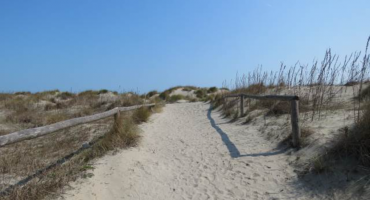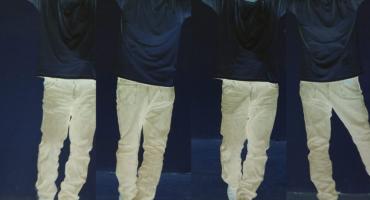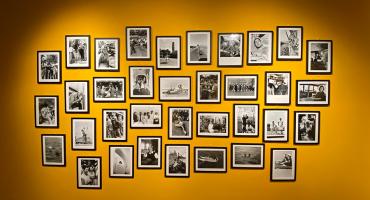To mark the seventieth anniversary of the death of Mariano Fortuny y Madrazo, and to coincide with the 58th edition of the Venice Biennale, Palazzo Fortuny will pay tribute to the versatile Spanish artist by highlighting the importance of the family context in his artistic development. For the first time, an exhibition will focus on both father and son: Mariano Fortuny y Marsal (1838-1874) and his son Mariano Fortuny y Madrazo (1871-1949). The reference to the Biennale is neither accidental nor out of place, given that a few months after Mariano Fortuny y Madrazo’s death in 1950, a room was dedicated to him in the Spanish Pavilion, where he had held exhibitions on several occasions.
This current exhibition illustrates the reasons for this tribute by exploring two main, interwoven threads in the artistic lives of the two great Spaniards: the practice of painting as an intrinsic European tradition established by the ancient masters, and the passion for collecting as an opportunity for study and artistic development.
Mariano Fortuny y Marsal cultivated his interest in antiques by collecting and decorating his study with antique fabrics, glass, ceramics, statues, furniture and carpets. These artefacts were a rich source of artistic inspiration that he often transformed or reinterpreted in his paintings. Many of these objects, as well as a large number of his paintings, remained in the family after his untimely death. Although others were sold, Marsal’s wife Cecilia retained an important nucleus that was transferred to Venice in 1889, first to Palazzo Martinengo and finally to Palazzo Pesaro Orfei, now home to the Fortuny Museum. After the artist’s death, only a small part of the collections remained in Venice, since as Mariano and his wife Henriette had wished, many works were donated to various European museums and are now located in Barcelona, Castres, London, Madrid and Paris.
The current exhibition aims to partially reconstruct this collection, whose importance lies not only in its artistic and cultural value but also the sentimental familial significance of bringing together in Palazzo Fortuny’s evocative rooms some of the most important items that made up the collection.
In addition to the common threads mentioned above, other aspects of this beguiling universe reveal continuity between father and son: the attention to light and its endless metamorphoses, a fascination for depicting clouds, an uninterrupted study of the past, and of orientalism and travel.
During his creative career Mariano Fortuny the younger widened the horizons of his artistic research, interpreting in a personal way the Wagnerian ideal of the total artwork that had so fascinated him in his youth. Although he did not surpass the quality and technique of his father’s painting, his numerous talents were revealed in his ingenious versatility. Combining art and science and art and technology, his work ranged from painting and sculpture to photography, graphics, interior decoration, clothing, set design and lighting; he produced fabrics, clothing and tempera paint, patented technological inventions and in general developed a flourishing business, creating a multifaceted but coherent whole under the “Mariano Fortuny Venise” label.
Where: Palazzo Fortuny San Marco 3958, 30124 Venezia
Opening times:
10am – 6pm
Ticket office: 10am – 5pm
Closed on Tuesdays
Price:
Full price: € 12,00
Reduced price: € 10,00
Some texts and images are sometimes found on the web, citing if possible their source and author and are disclosed for information purposes only, in accordance with paragraph 1-bis of Article 70 of Law n. 633 of April 22, 1941, "Protection of copyright and other rights related to its exercise".
The material taken from the web was in good faith considered public domain. If their publication infringes any copyright, please inform us to remove or modify them.
The authors of the blog are not responsible for the linked sites or their content, which may be subject to changes over time.
The remaining material is property of the authors of the site, which is subject to copyright. No reproduction, not even partial (in print or digital), is permitted without the express permission of the authors.
The texts on the site are freely usable for cultural and not profit purposes, provided that they clearly state the source of origin, any authors of the text, when indicated, the dates of editing and updating and the relative url.



